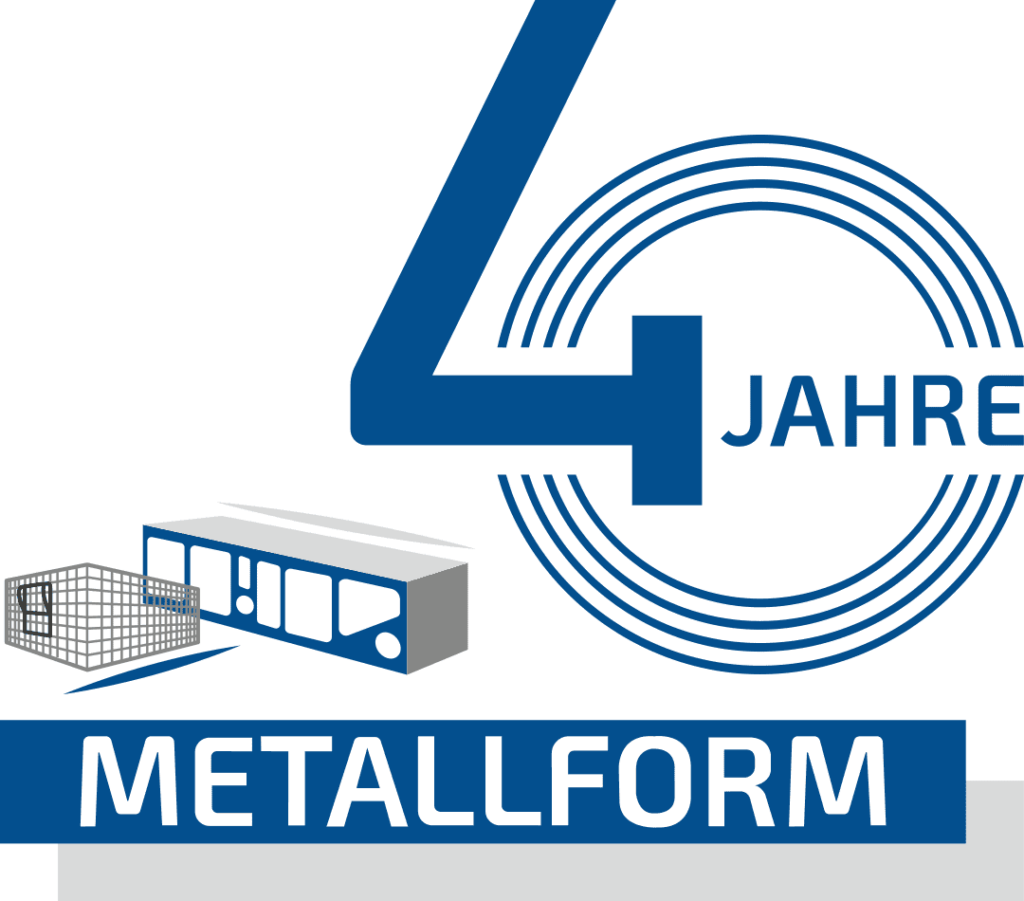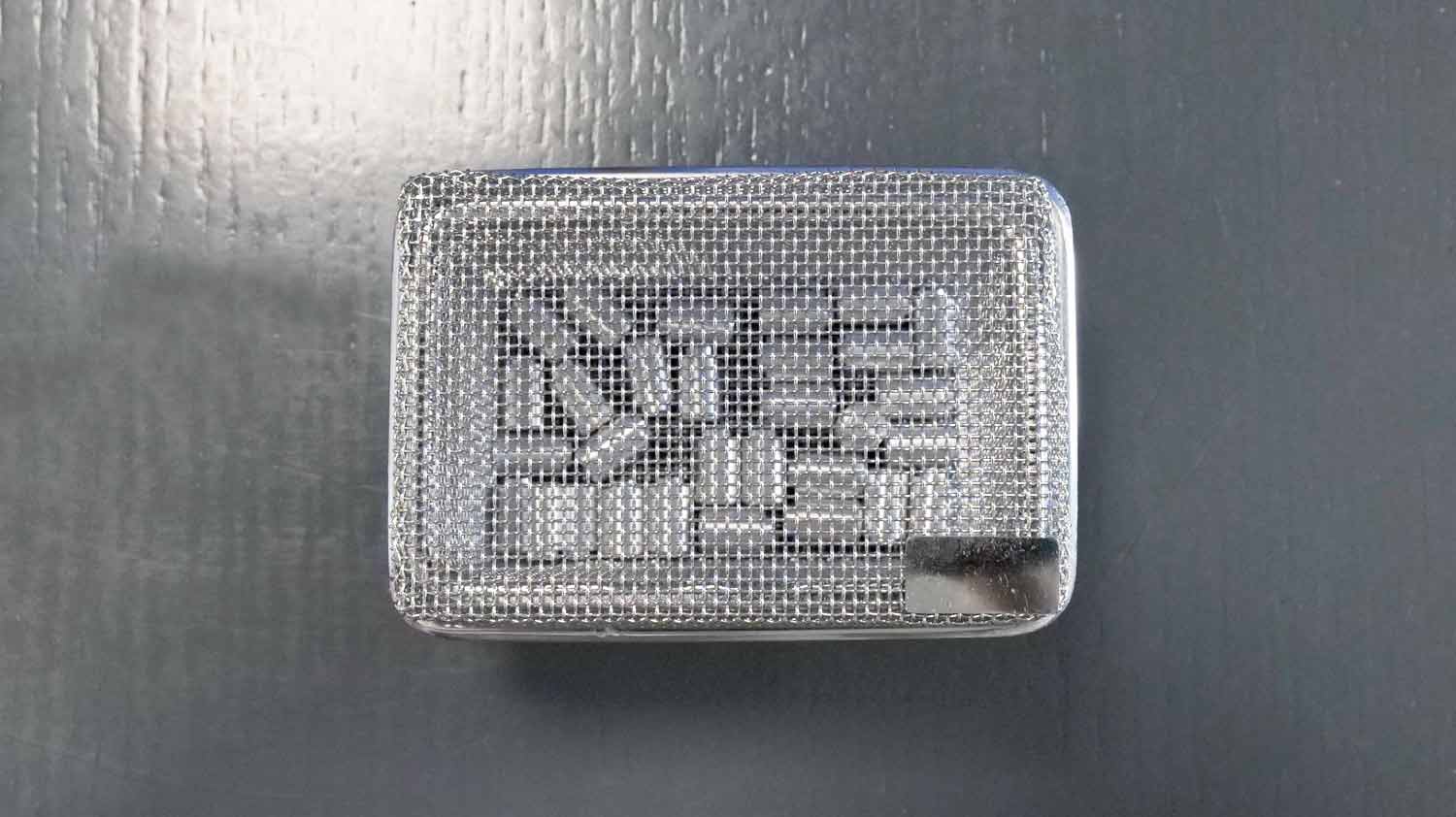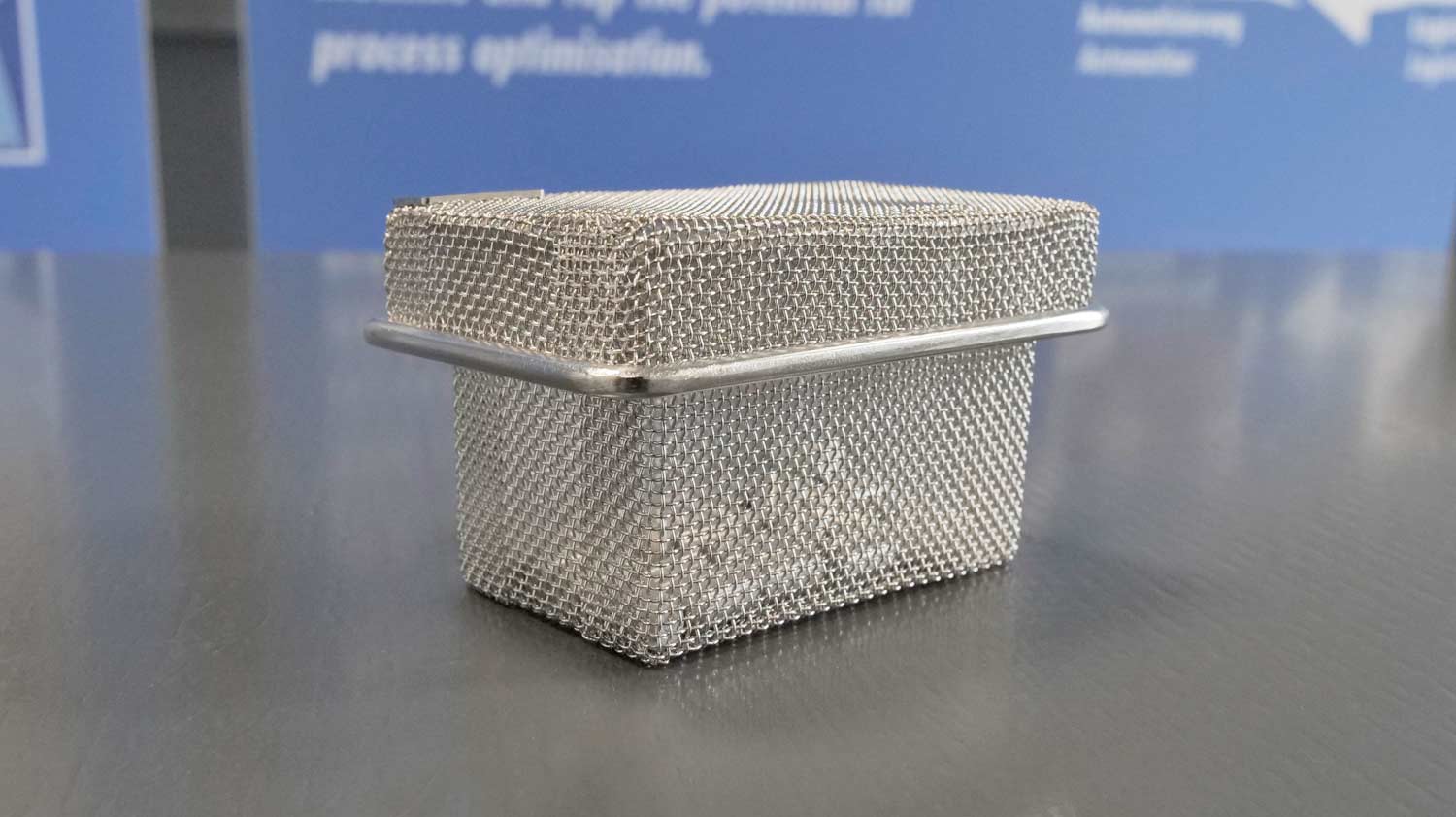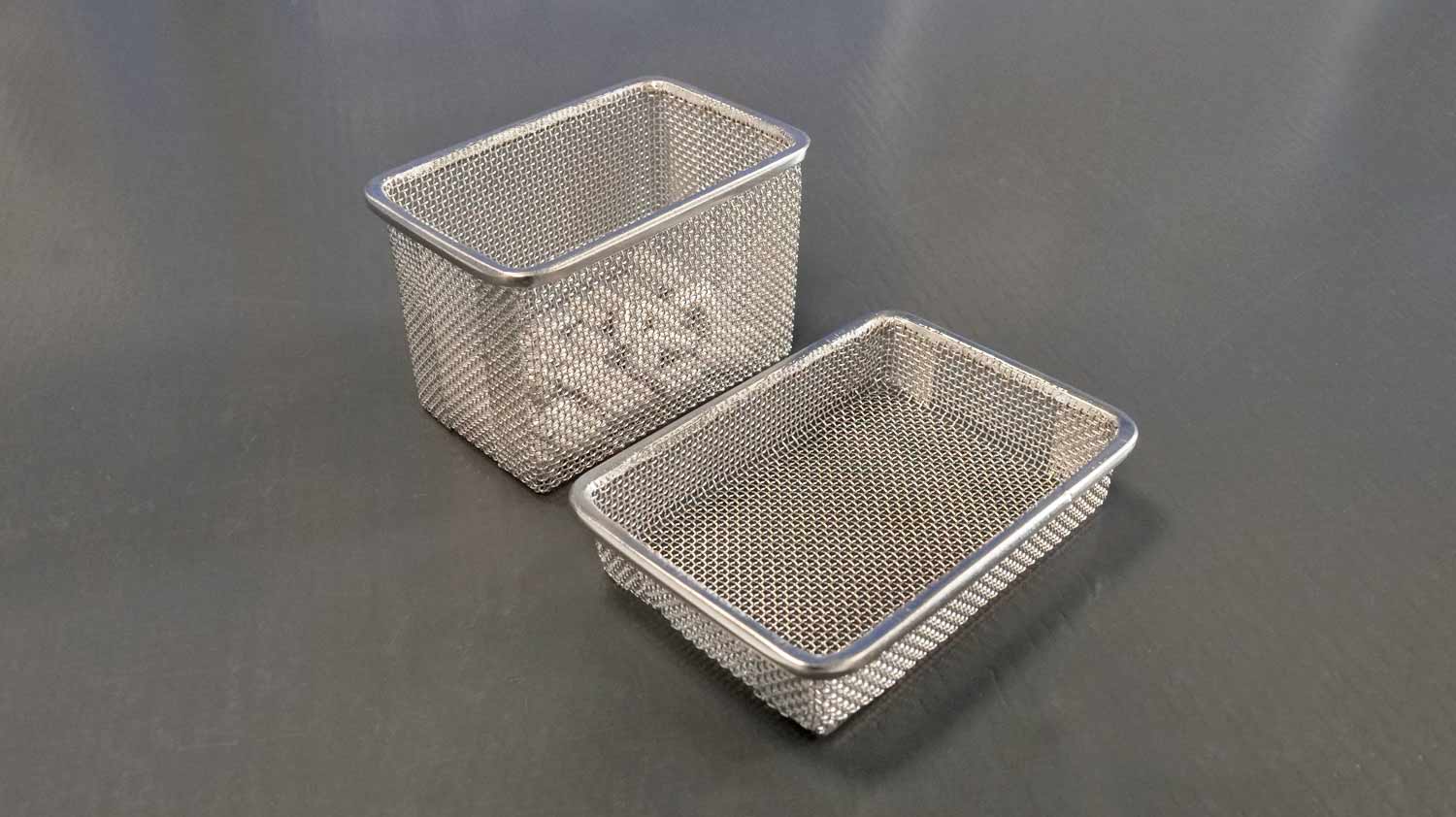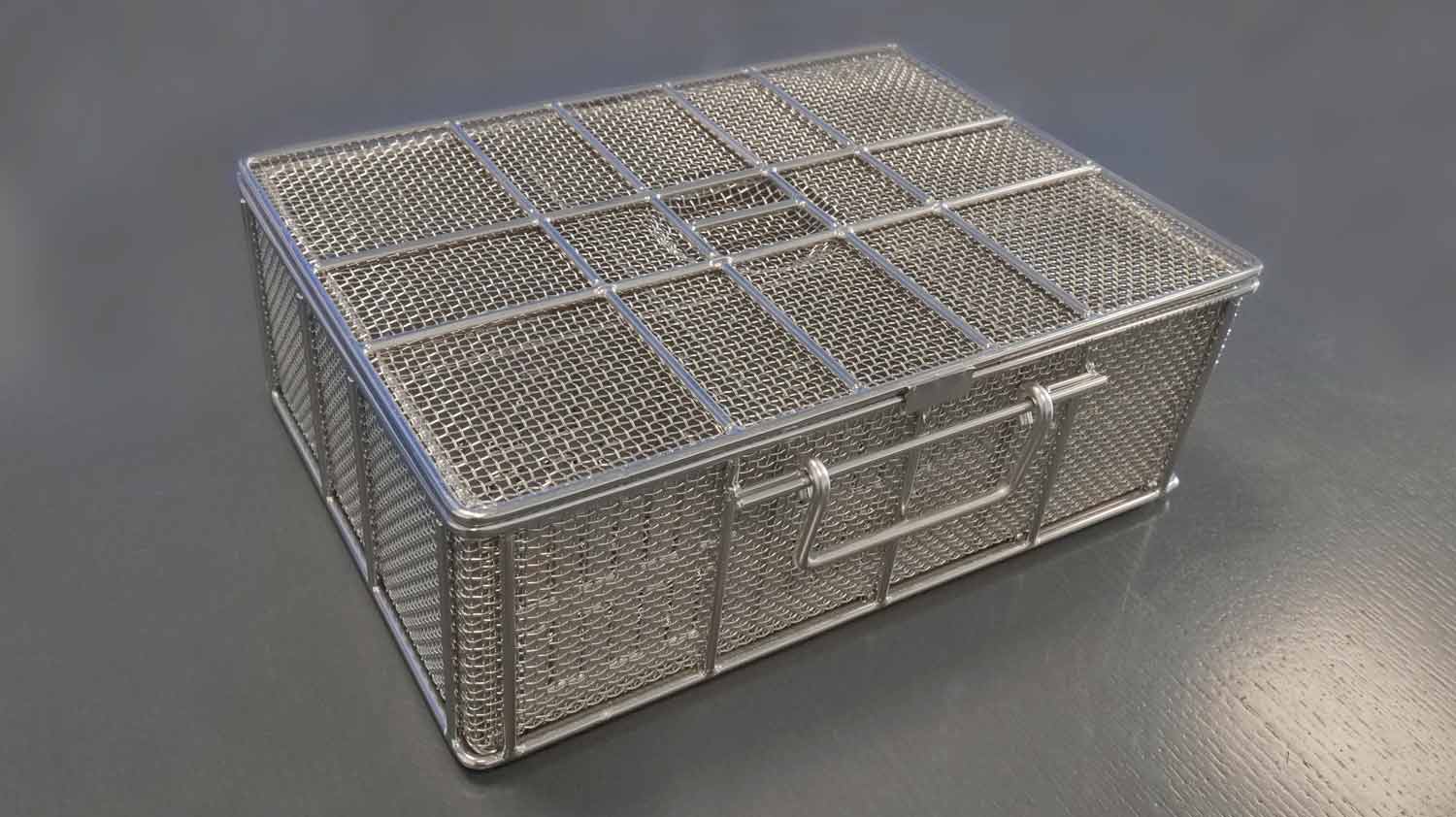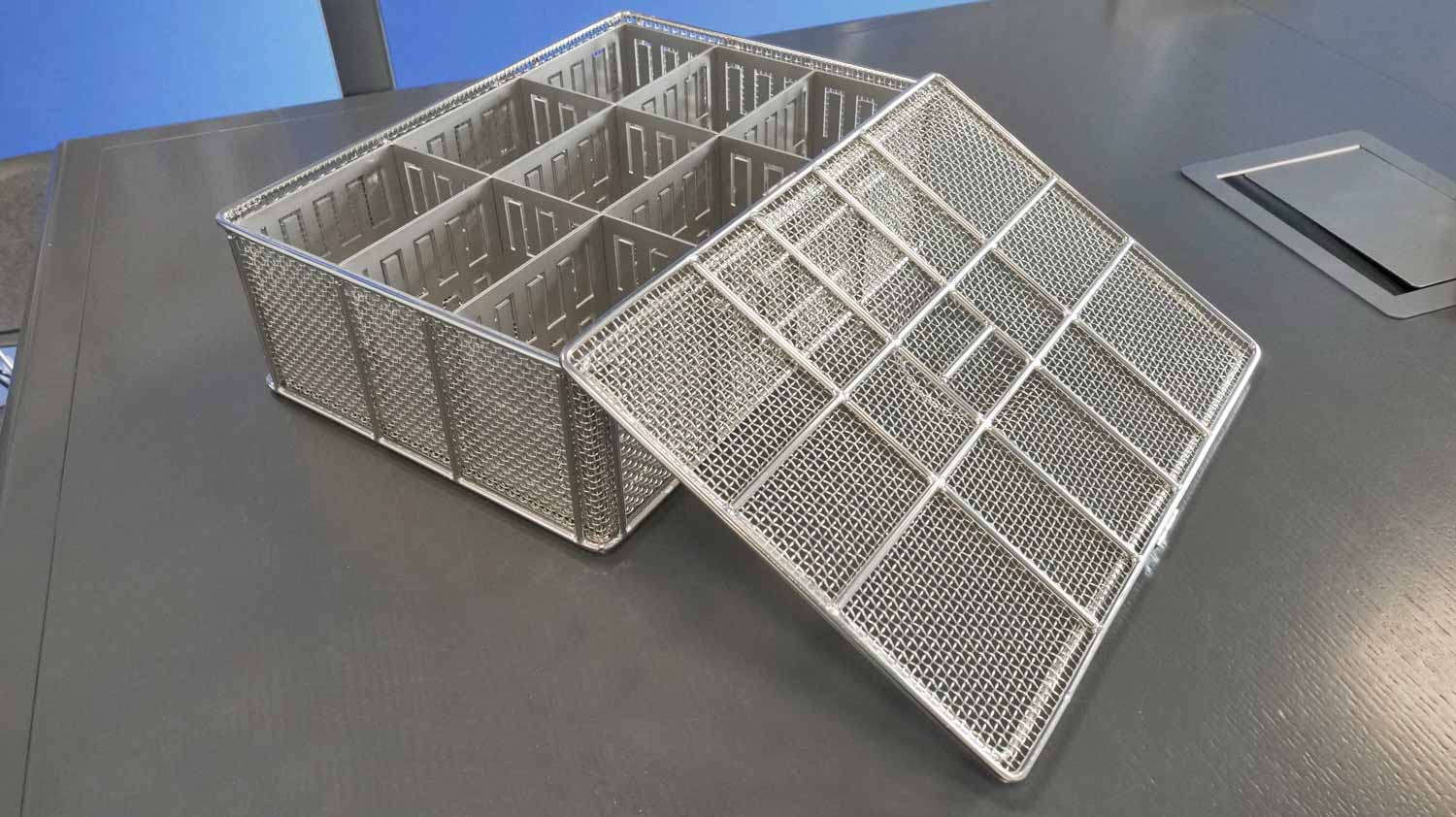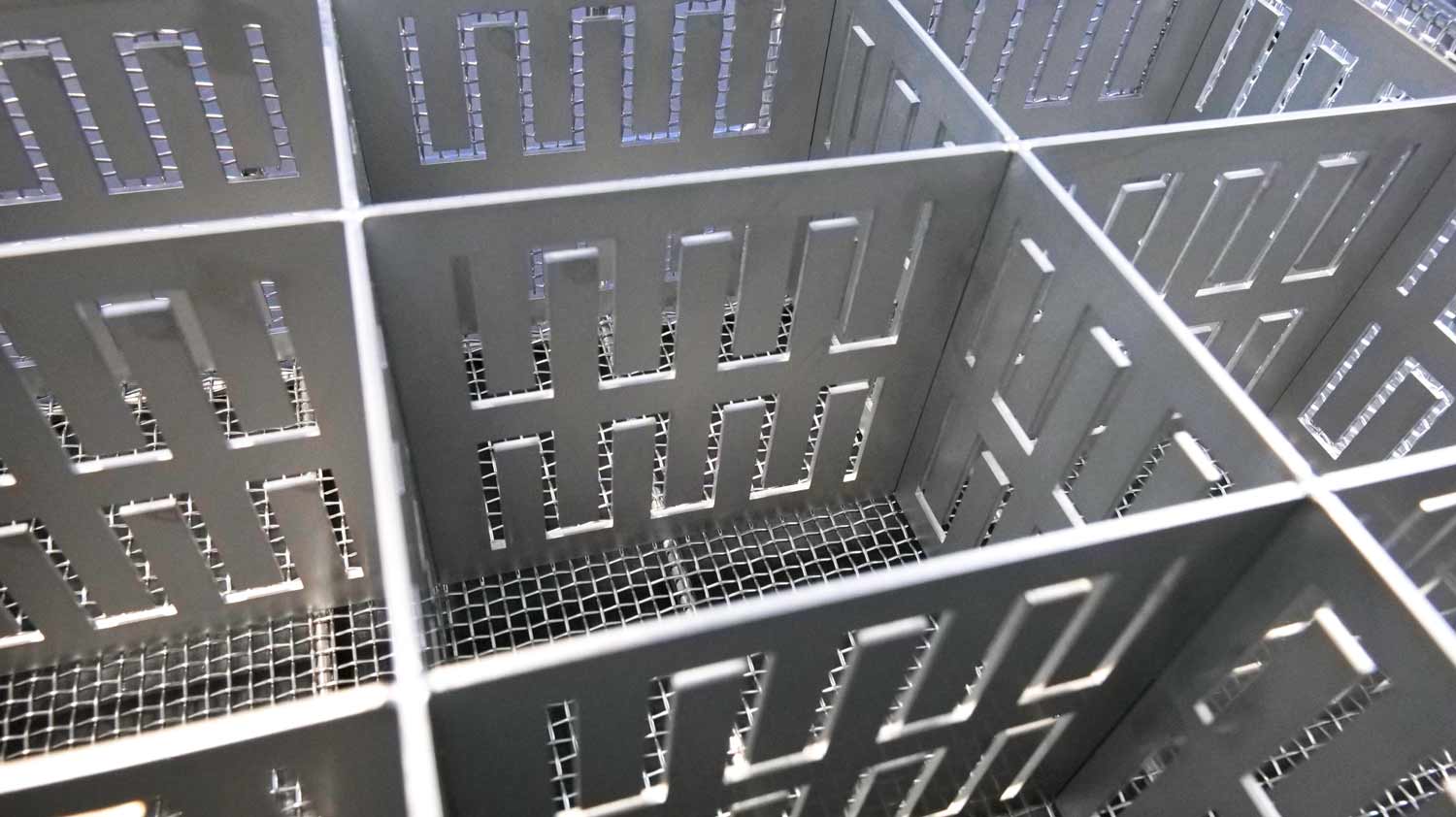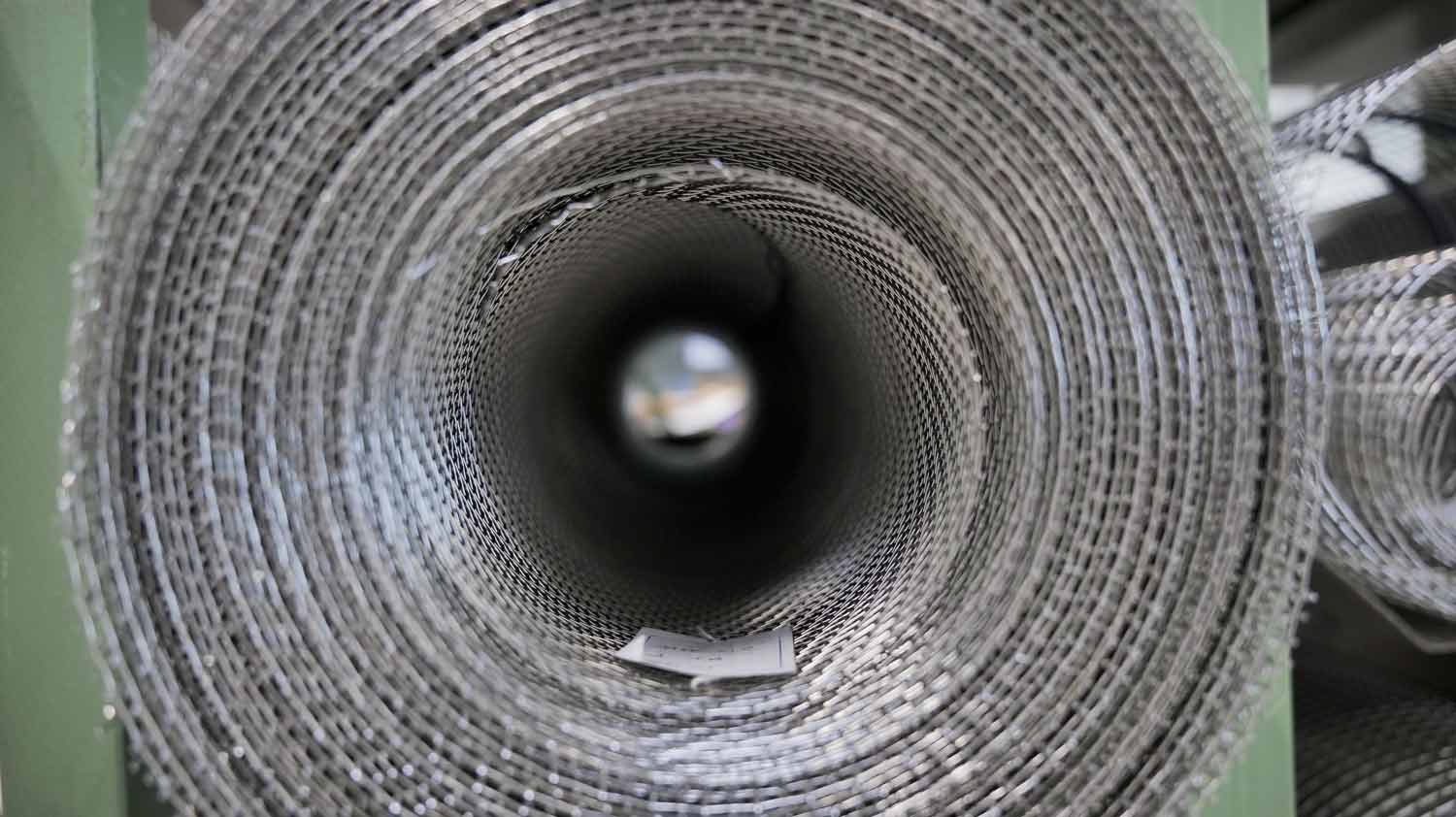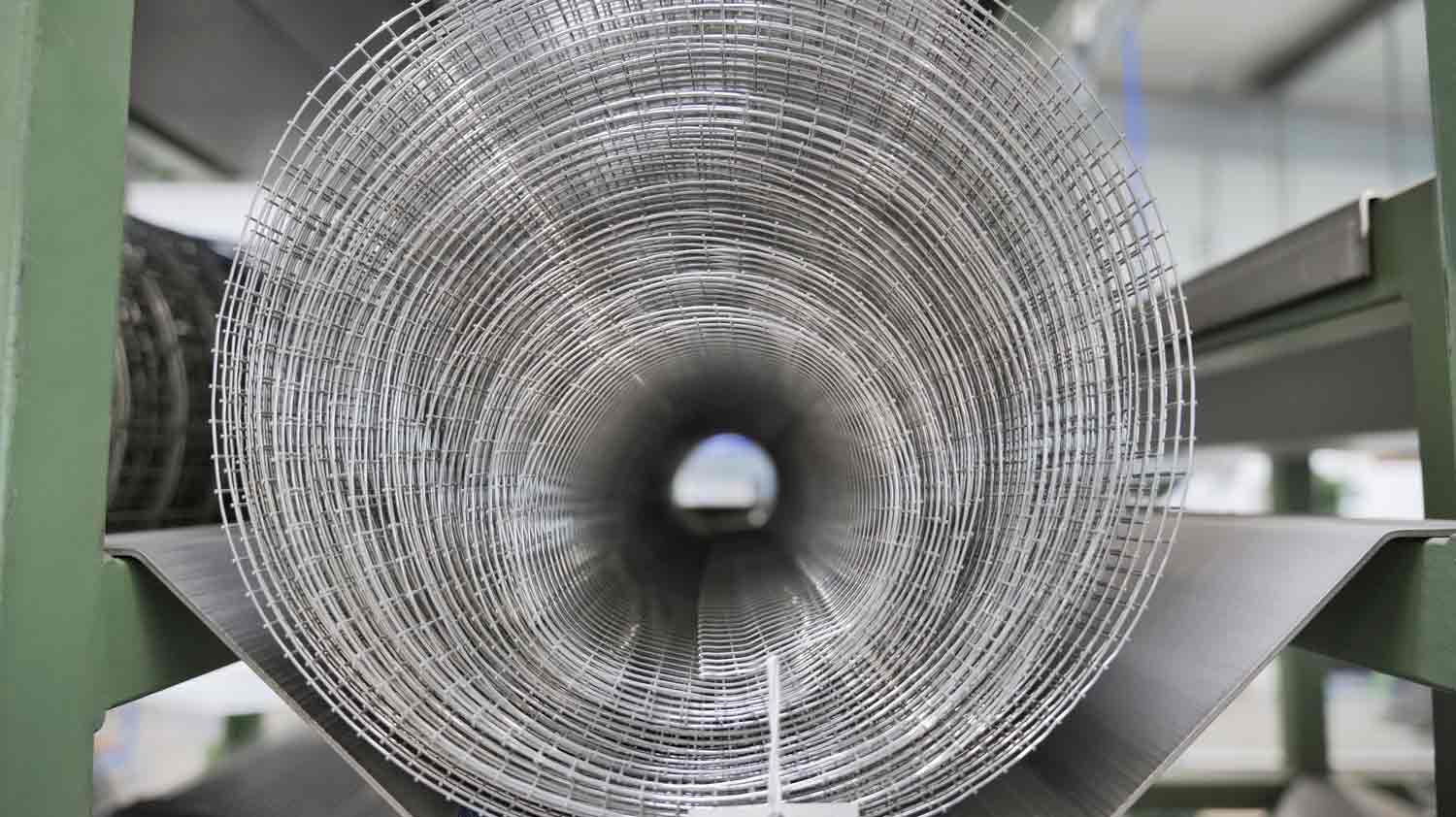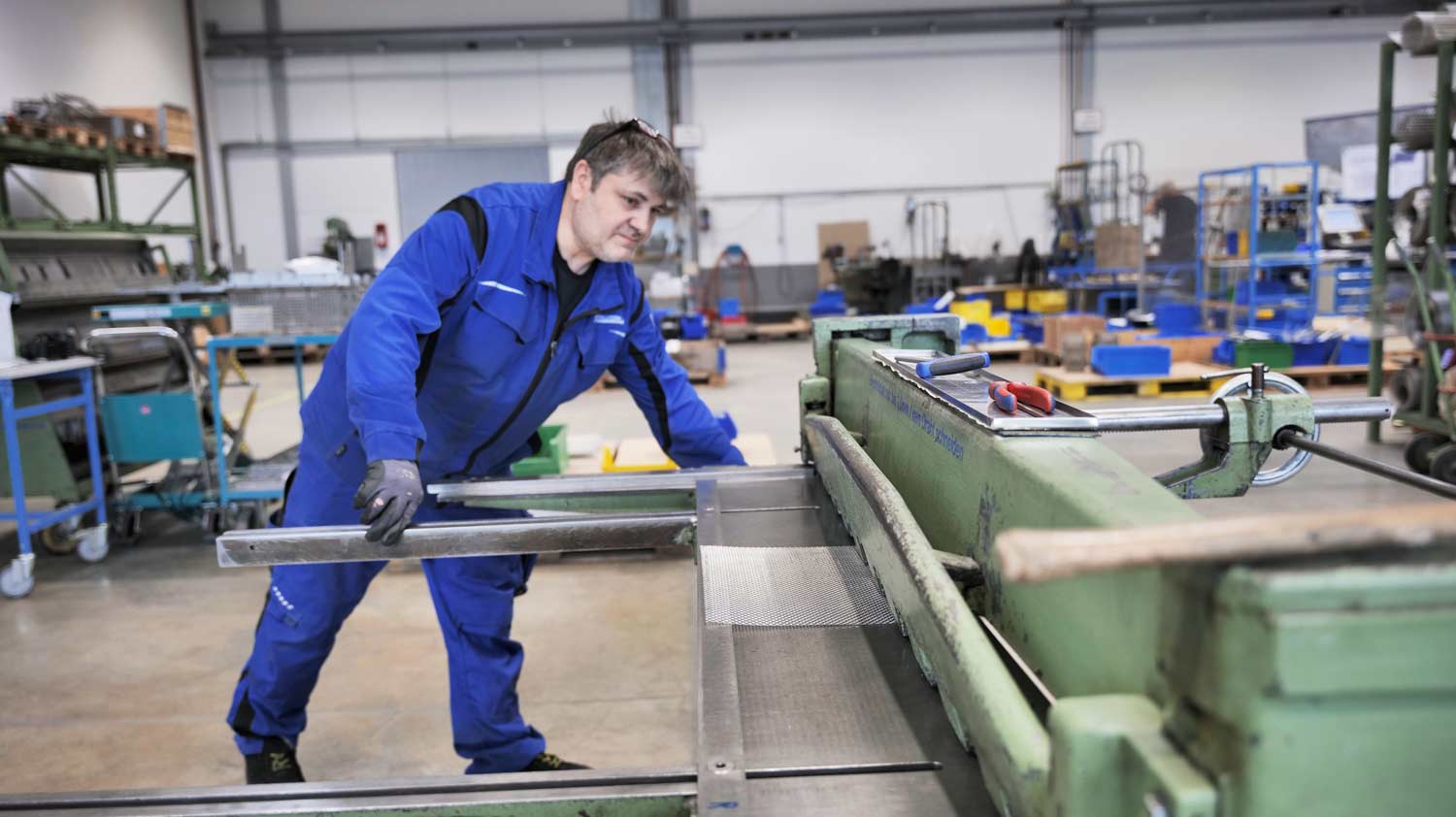Competencies
Cleaning technology
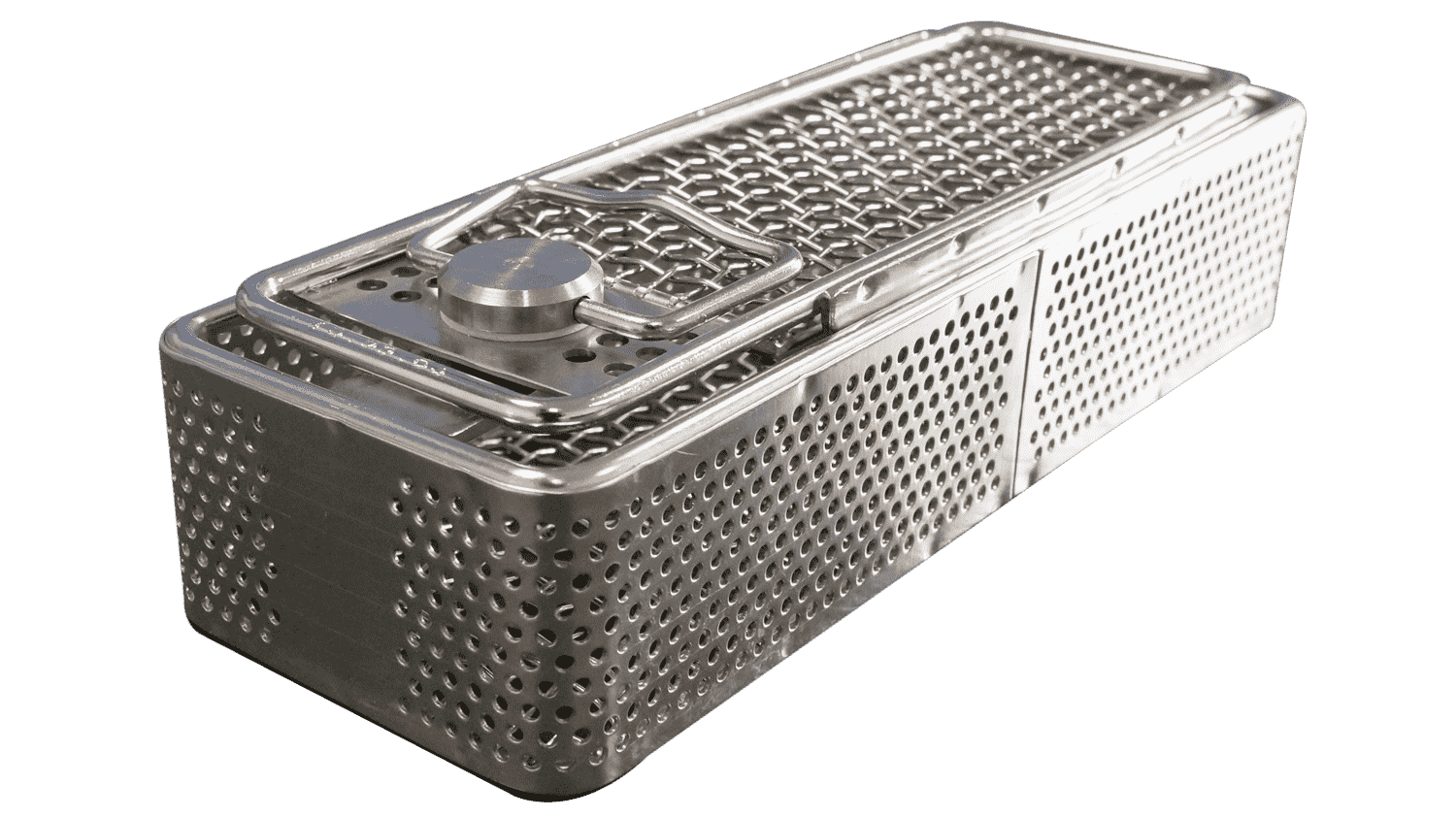
The cleaning basket determines
the cleaning effort
The demand for high throughput with simultaneous compliance with defined residual dirt specifications can only be met by an optimally adapted cleaning process. A process is optimally efficient when the use of chemicals, temperature and time is minimized – in other words, when the required result is achieved with a high throughput in a short time at the lowest possible cost.
Basic requirement
good parts accessibility
Whether parts are cleaned in bulk or as set goods: The cleaning agent and the mechanics can only develop their impact if they reach the parts unhindered. Round bars and the avoidance of closed corners and edges result in good accessibility from all sides. As a result of the open design, the removed contaminations can also be flushed out of the basket quickly and effectively and channeled to the filtration system. The all-round accessibility also means that fewer cleaning agents are carried away. Longer bath changing intervals and thus higher availability of the machine are the result.
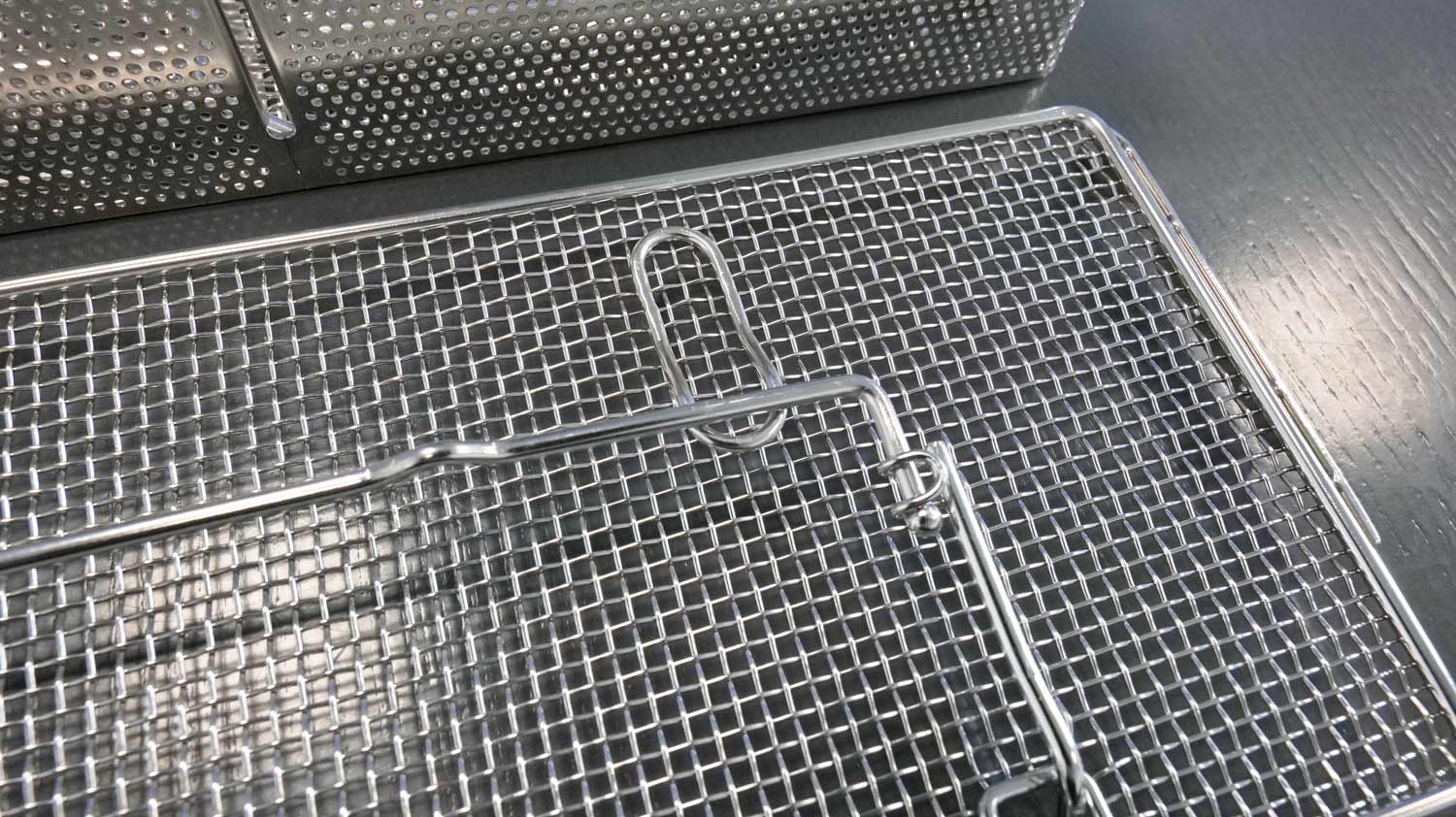
Efficient
cleaning baskets
For the optimal integration of the cleaning basket into the individual operational process, the upstream and downstream processes, the parts handling, already existing baskets and the respective industry sector must be known. Based on this information, we use state-of-the-art CAD technology to design cleaning baskets for process-safe, cost- and resource-efficient component cleaning.
Flexibility taken
a step further
The variety of parts to be cleaned and a rapidly changing range of parts must also be taken into account in the design. To this end, we develop flexible solutions for high process reliability with significantly reduced investment costs for the cleaning baskets. They consist of part-specific inserts and multi-purpose outside racks and adjustable lids.
Integration into the
operational process
With a view to more efficient processes, the effort required for internal and external transports and the required parts handling must also be taken into account. The relevant influencing factors are also incorporated into the design. At the same time, coordination between all the baskets used in production means that parts have to be moved less between the baskets during the individual production steps.
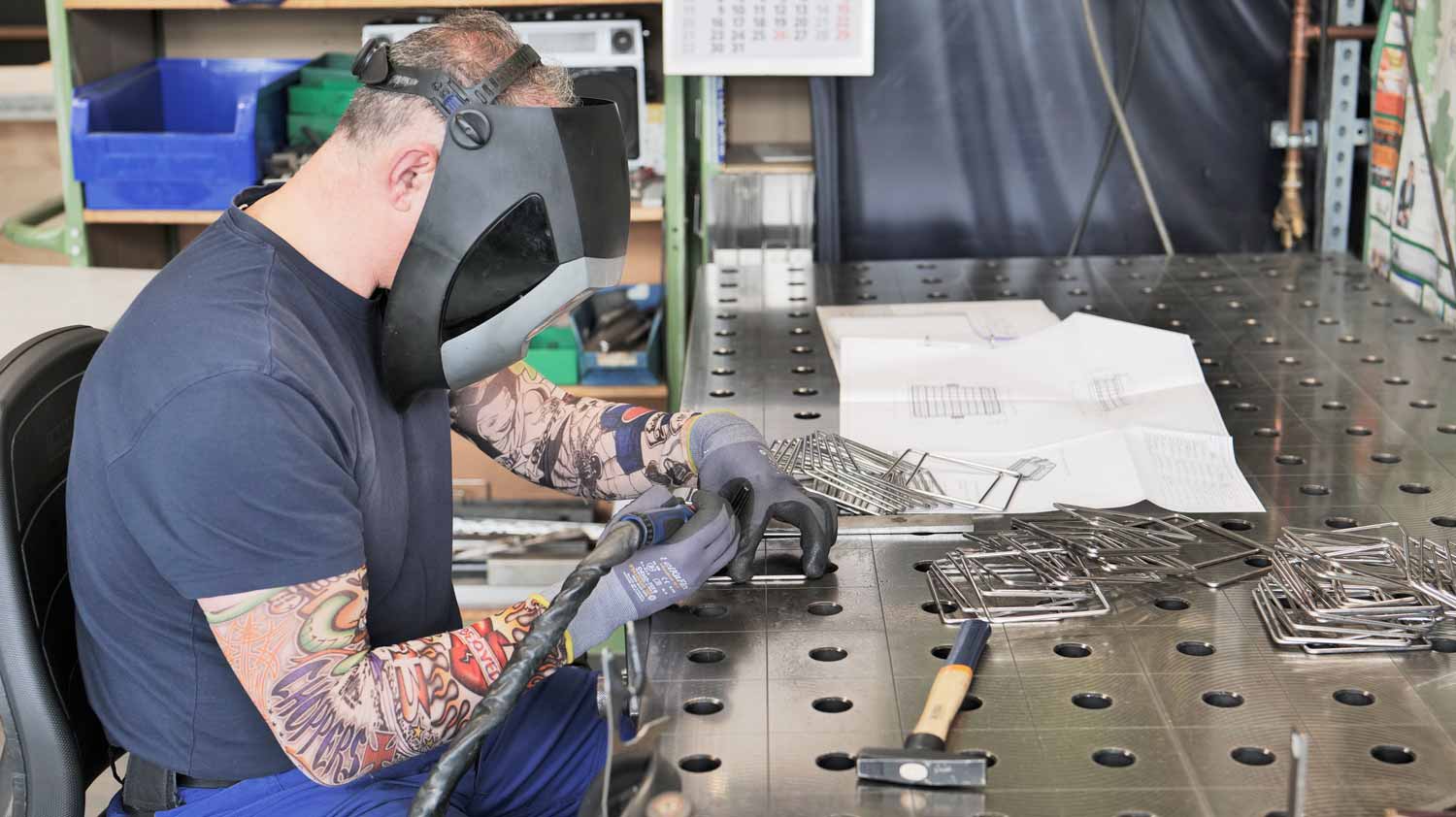
To put it in a nutshell: It is worth while to take a close look at and into the cleaning basket. This offers great potential for making cleaning processes safer and more efficient.
